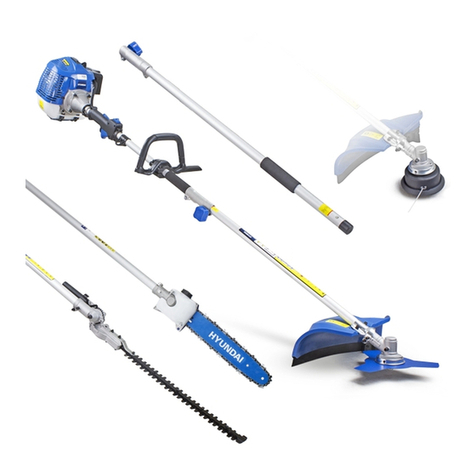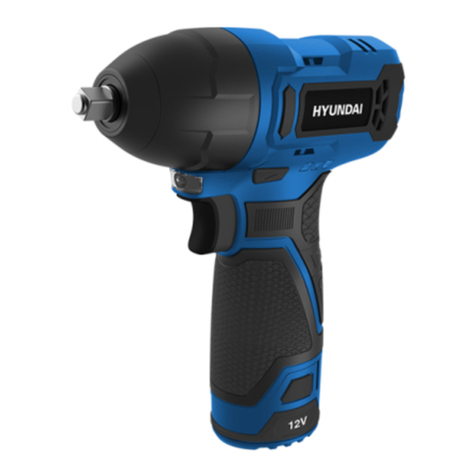
4
Fuel is highly flammable, and its vapors can explode if ignited. Take precautions when
using to reduce the chance of serious personal injury.
When refilling or draining the fuel tank, use an approved fuel storage container
while in a clean, well-ventilated outdoor area. Do not smoke, or allow sparks, open flames or other
sources of ignition near the area while adding fuel or operating the unit. Never fill fuel tank indoors.
Keep grounded conductive objects, such as tools, away from exposed, live electrical parts
and connections to avoid sparking or arcing. These events could ignite fumes or vapors.
Always stop the engine and allow it to cool before filling the fuel tank.
Never remove the cap of the fuel tank or add fuel while the engine is running or when the
engine is hot. Do not operate the machine with known leaks in the fuel system.
Loose the fuel tank cap slowly to relieve any pressure in the tank.
Never overfill fuel tank (there should be no fuel above the upper limit mark).
Replace all fuel tank and container caps securely and wipe up spilled fuel.
Never operate the unit without the fuel cap securely in place.
Replace all fuel tank and container caps securely and wipe up spilled fuel.
Never operate the unit without the fuel cap securely in place.
Avoid creating a source of ignition for spilled fuel. If fuel is spilled, do not attempt to start the
engine but move the machine away from the area of spillage and avoid
creating any source of ignition until fuel vapors have dissipated.
Store fuel in containers specifically designed and approved for this purpose.
Store fuel in a cool, well-ventilated area, safely away from sparks, open flames or other
sources of ignition.
Never store fuel or machine with fuel in the tank inside a building where fumes may
reach an spark, open flame, or any other source of ignition, such as a water
heater, furnace, clothes dryer and the like. Allow the engine to cool before storing in any enclosure.
e) Machine use and care
Never pick up or carry a machine while the engine is running.
Do not force the machine. Use the correct machine for your application. The
correct machine will do the job better and safer at the rate for which it was designed.
Do not change the engine governor settings or over-speed the engine. The
governor controls the maximum safe operating speed of the engine.
Do not run the engine at a high speed when you are not pounding.
Do not put hands or feet near rotating parts.
Avoid contact with hot fuel, oil, exhaust fumes and hot surfaces. Do not touch the engine or muffler.
These parts get extremely hot from operation. They remain hot for a short time
after you turn off the unit. Allow the engine to cool before doing maintenance or
making adjustments.
If the machine should start to make an unusual noise or vibration, immediately shut off
the engine, disconnect the spark plug wire, and check for the cause. Unusual noise or
vibration is generally warning of trouble.
Use only attachments and accessories approved by the manufacturer. Failure to do so can
result in personal injury.
Maintain the machine. Check for misalignment or binding of moving parts, breakage of parts and
any other condition that may affect the machine’s operation. If damaged, have
































